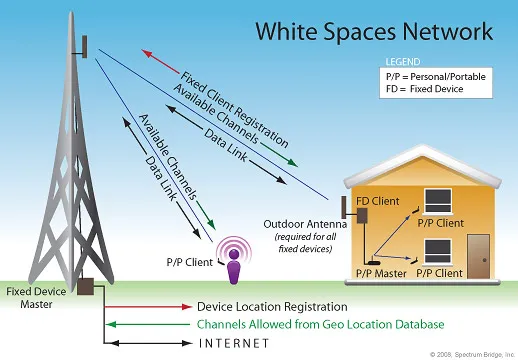They could also act as cheap communications “towers” on Earth to help provide wireless Internet, monitor crops, watch out for forest fires, or even carry cameras to provide an eye in the sky in the aftermath of natural disasters.
A space elevator capable of shuttling robots or humans from the Earth to space remains decades away. But a company headed by a former NASA researcher says it can build a space elevator on the moon using today’s technology.
The LiftPort Group wants to raise $8,000 on the crowd-funding website Kickstarter for its first step — creating a floating balloon platform tethered to the ground so that a robot can climb 1.2 miles (2 kilometers) into the sky. But the fundraiser also marks the return of a company that had closed during the 2007-2012 economic recession.
“About six months ago we had a fundamental breakthrough — a breakthrough we think will transform human civilization — and we want you to be a part of it,” said Michael Laine, president of the LiftPort Group.
The breakthrough will allow the LiftPort group to build a space elevator on the moon using existing technology and a single-launch rocket solution that has “Sputnik-like simplicity,” Laine said. He added that the concept could become a reality within eight years.
Staying down to Earth
A space elevator on the moon would face fewer complications than a space elevator on Earth because the moon has less gravity and practically no atmosphere — factors that would otherwise place great stress on whatever material makes up the space elevator’s tether. [Quiz: Sci-Fi vs. Real Technology]
Laine worked on space elevator concepts with the NASA Institute for Advanced Concepts research team from 2001-2003. He went private with the LiftPort Group in 2003 and experimented with robots that climbed as high as 1 mile (1.6 kilometers) up a tethered balloon platform, before the company shut down.
Such balloon platforms don’t just help aim for the moon. They could also act as cheap communications “towers” on Earth to help provide wireless Internet, monitor crops, watch out for forest fires, or even carry cameras to provide an eye in the sky in the aftermath of natural disasters.
via Space.com – InnovationNewsDaily Staff
The Latest Streaming News: Space Elevator updated minute-by-minute
Bookmark this page and come back often
Latest NEWS
Latest VIDEO









